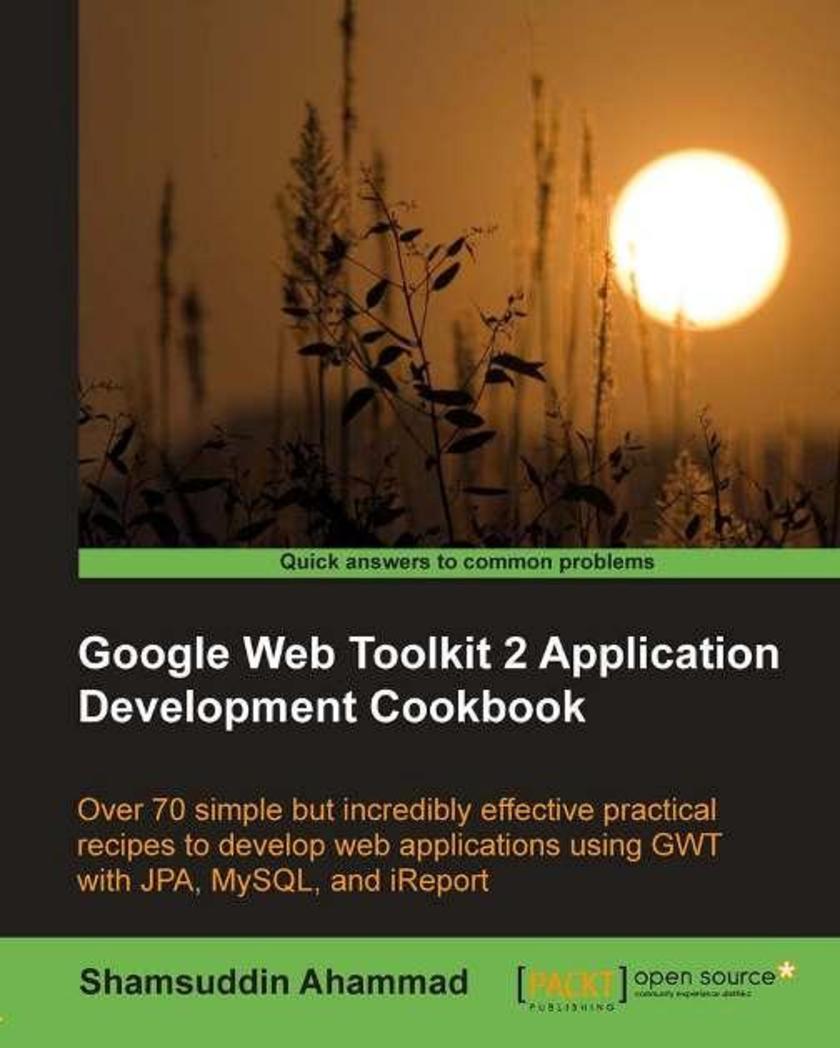
Google Web Toolkit 2 Application Development Cookbook
¥71.93
The recipes in this book are in a straightforward and easy to follow format.The range of topics covered in this book will bring out the forward-thinking Java developer in you. If you want to build AJAX web applications with GWT then this book is for you. Developers with prior programming experience of Java development and object-oriented programming will find this book very useful.
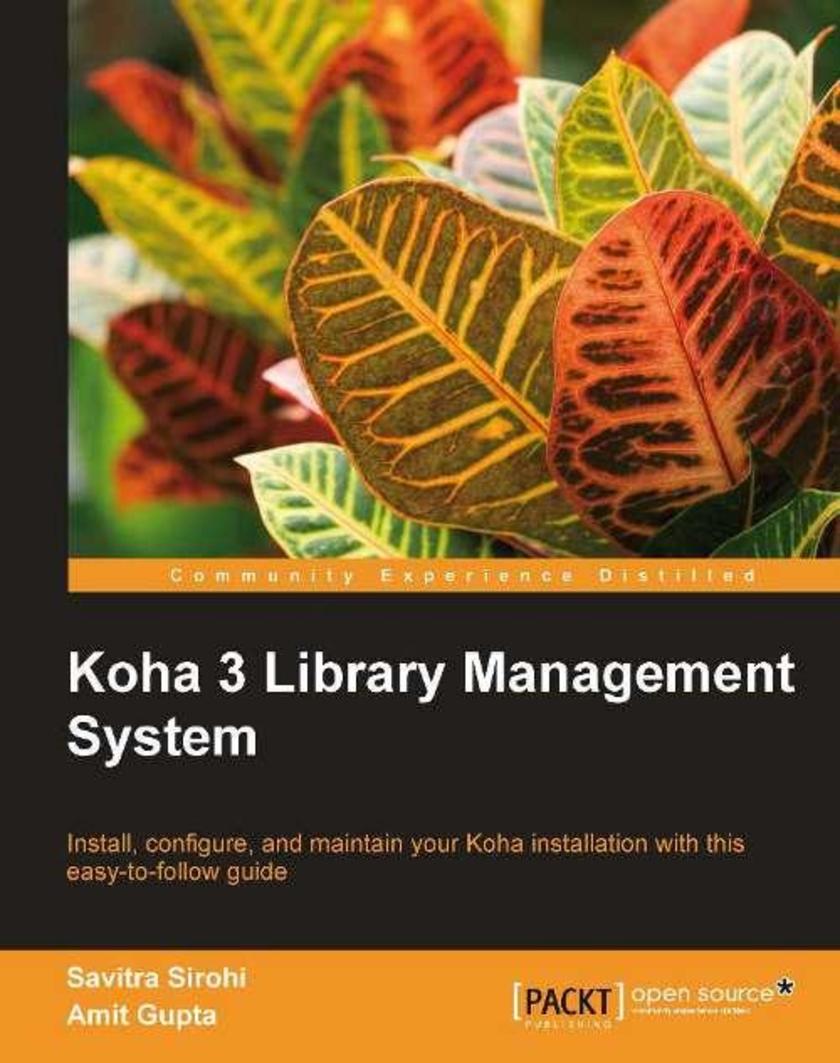
Koha 3 Library Management System
¥80.65
Written in a practical style, this book uses the Linux shell in many chapters, demonstrating the execution of commands and their output. With liberal use of screenshots and plenty of code samples accompanied by careful explanation, it will make the task of installing and configuring Koha easy and straightforward. All chapters are written in a way that makes them applicable to various Linux distributions. This book is aimed at Linux system administrators who need to install and maintain Koha. If you are a system administrator who wants to set up an open source integrated library system, then this book is for you. It will also be useful for system administrators who require help with specific aspects of implementing Koha.
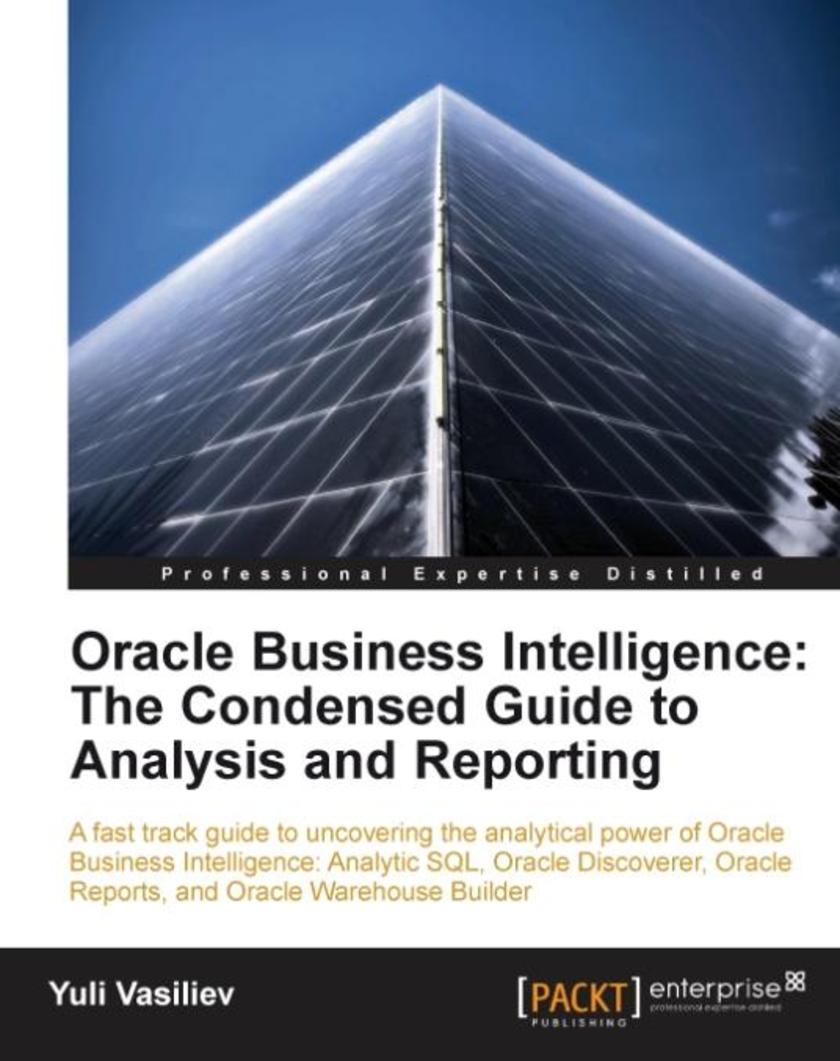
Oracle Business Intelligence: The Condensed Guide to Analysis and Reporting
¥71.93
This book is a quick guide to getting started with Oracle Business Intelligence SE platform that will answer common business questions and help you make quick business decisions. The examples in this book will help you prepare the database for analysis and create business reports in no time. If you are an business analyst, a report builder, a DBA, or an application developer who wants to learn how to use the Oracle Business Intelligence platform for analysis and reporting, this is the perfect book for you. Previous knowledge of Oracle Business Intelligence tools is not required, but you should have a competent grasp of using an Oracle Database.
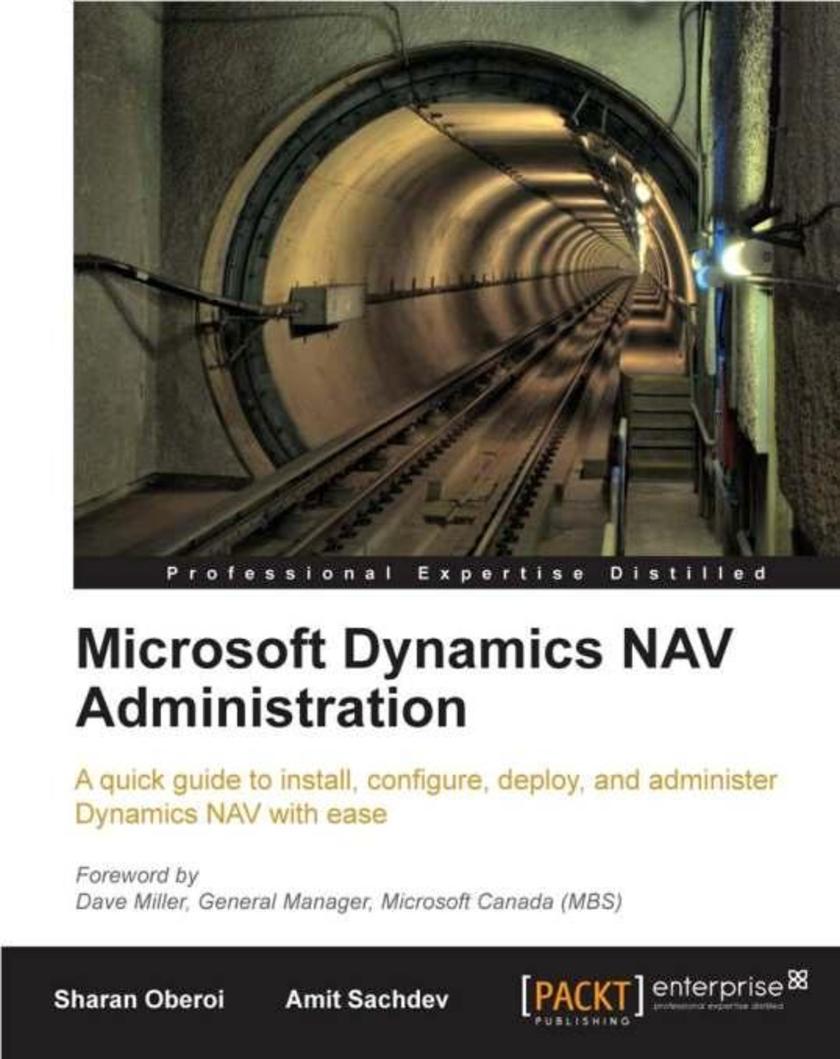
Microsoft Dynamics NAV Administration
¥71.93
This book is a tutorial guide that illustrates the steps needed to install, configure, deploy, and administer Dynamics NAV. It shows you how to get started with Dynamics NAV and then gradually explains other admin tasks such as backing up and performance tuning, using practical examples. If you want to get started in administering Dynamics NAV, this book is for you. Readers do not need any previous experience with Dynamics NAV.
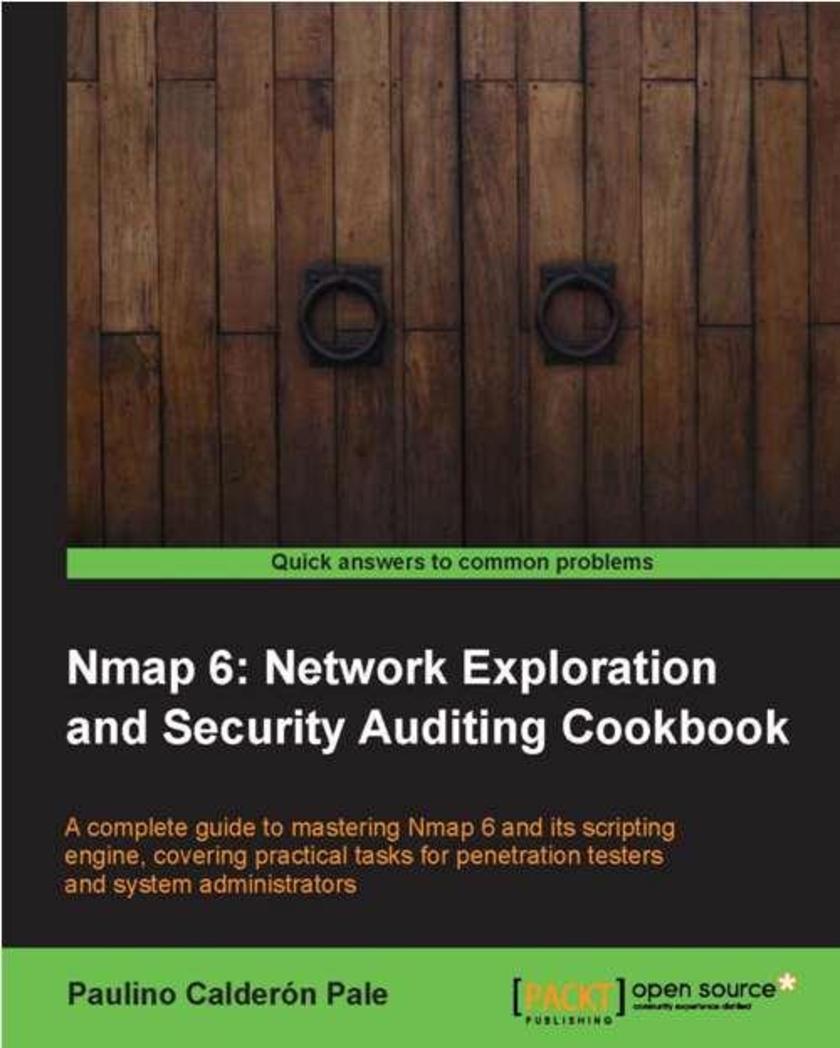
Nmap 6: Network exploration and security auditing Cookbook
¥80.65
The book is a collection of easy to follow, practical recipes with explanations of the code, and links to further information. This book is for any security consultant, administrator or enthusiast looking to learn how to use and master Nmap and the Nmap Scripting Engine.
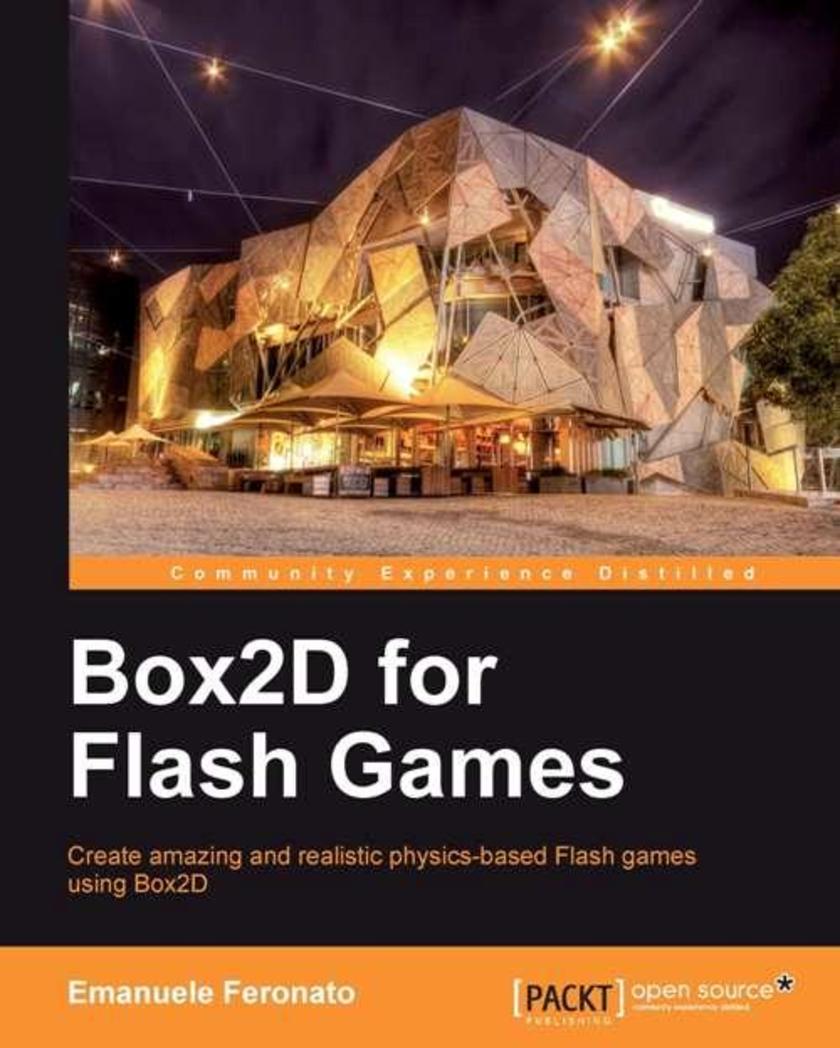
Box2D for Flash Games
¥45.77
This book is a step by step guide to create games with Box2D explained in a simple and friendly way. Are you familiar with ActionScript3 and want to explore the capabilities of physics in game design using Box2D, then this book is for you. You don’t have to be an AS3 hero: if you know how to create classes and functions with AS3, then you can make your first physics game!
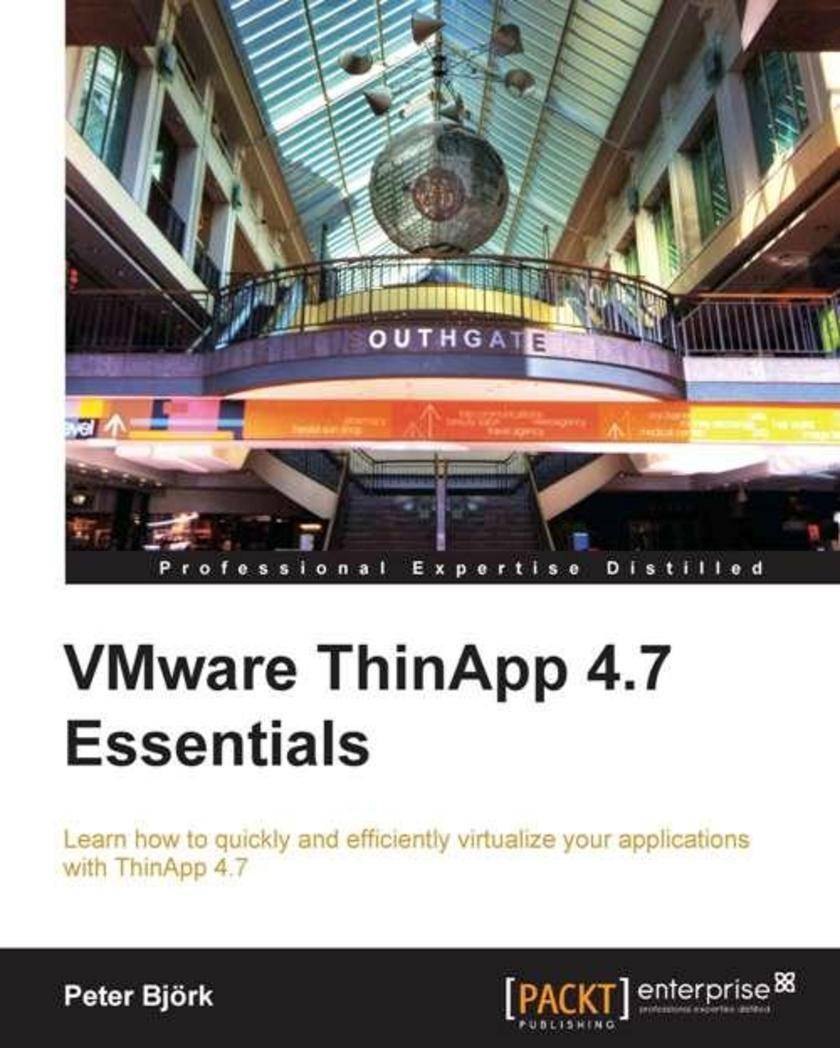
VMware ThinApp 4.7 Essentials
¥99.18
This book is written in practical tutorial style and it offers learning through vivid examples and. Each chapter contains step-by-step instructions about everything necessary to execute a particular task. The book is designed so that you can read it from start to end for beginners or just open up any chapter and start following the recipes as a reference for advanced users,This book will be useful to developers, System admins and consultants who want to install and manage a virtualized app environment using VMware ThinApp 4.7.
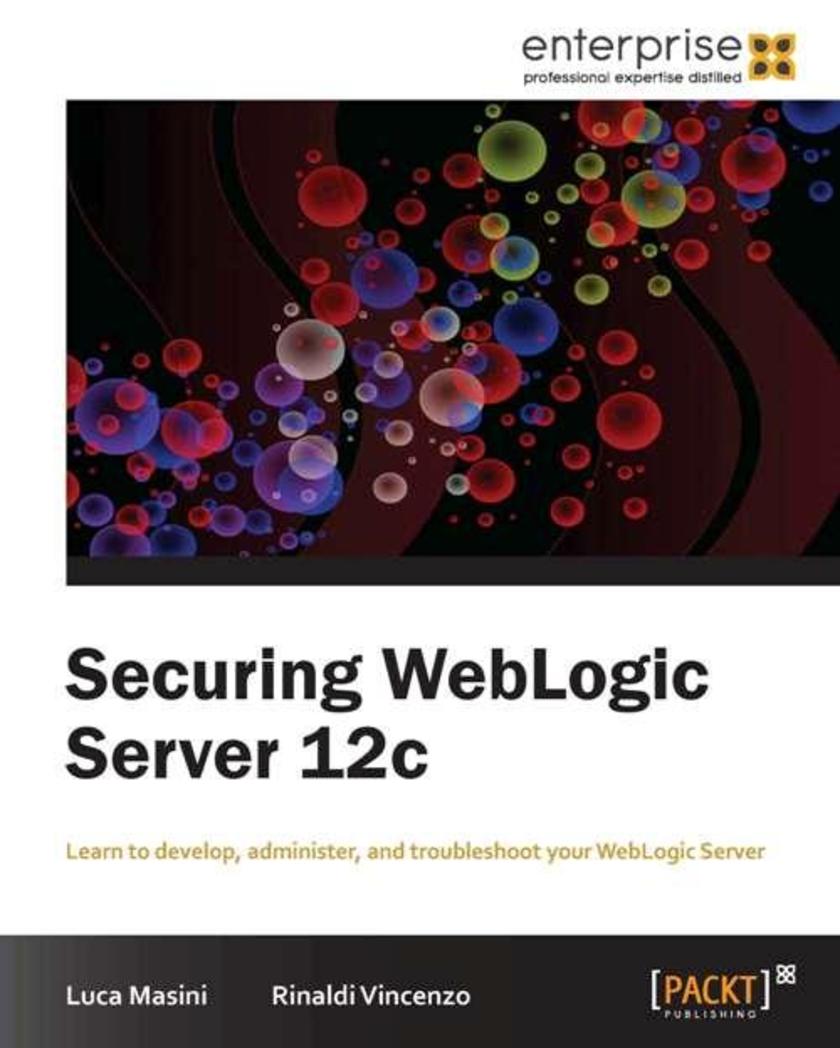
Securing WebLogic Server 12c
¥45.77
This book is written in simple, easy to understand format with lots of screenshots and step-by-step explanations. If you are a WebLogic Server administrator looking forward to a step by step guide to administer and configure WebLogic security, then this is the guide for you. Working knowledge of WebLogic is required.
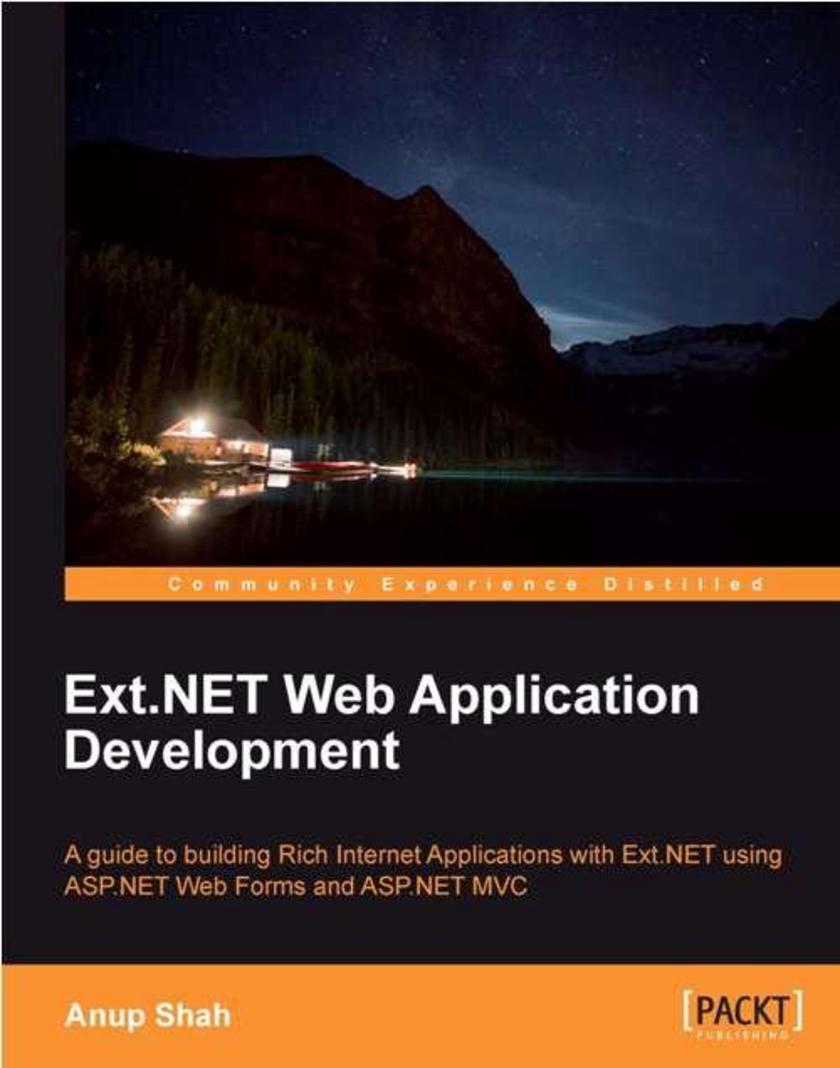
Ext.Net Web Application Development
¥99.18
This is a step-by-step tutorial packed with examples and tips to learn Ext.NET from scratch. This book is written for .NET Web Application Developers who are familiar with ASP.NET looking to build .NET based Rich Internet Applications. Whether you are new to Ext JS or you are looking to use your existing Ext JS skills in a .NET environment, this book will be useful for you.
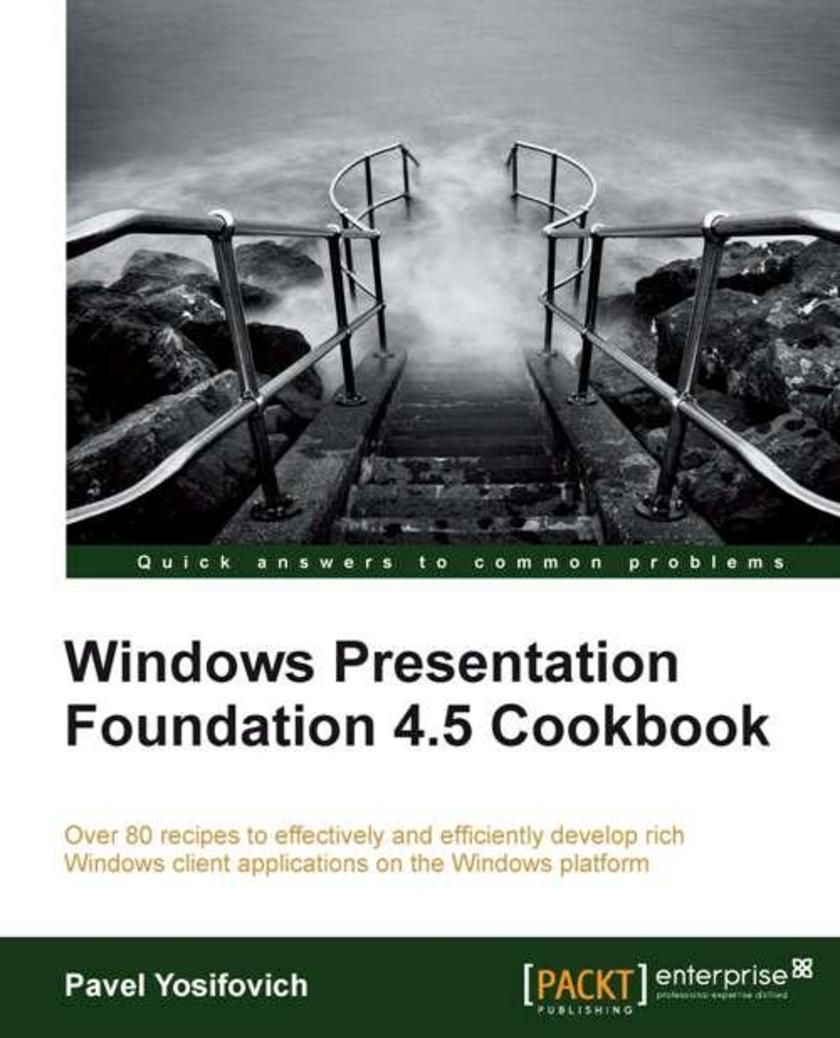
Windows Presentation Foundation 4.5 Cookbook
¥107.90
This book is written in an easy-to-read style, with a strong emphasis on real-world, practical examples. Step-by-step explanations are provided for performing important tasks. If you are C# developer looking forward to increasing your understanding and knowledge of WPF, then this is the best guide for you. Basic experience with Visual Studio 2010 is mandatory, as well as good C# skills. Previous experience with Windows Forms is not required.
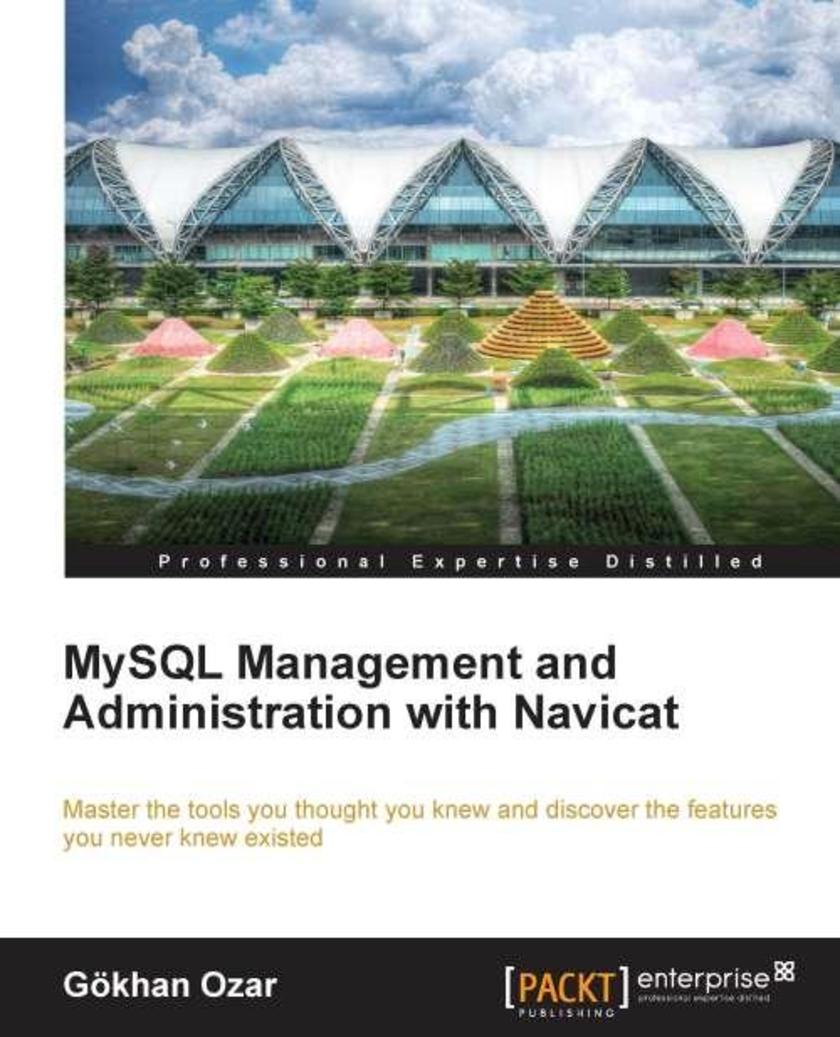
MySQL Management and Administration with Navicat
¥54.49
Standard Mini. This book is written for MySQL Users, Developers, and admins who want to discover just how easy Navicat makes even normally arduous tasks.
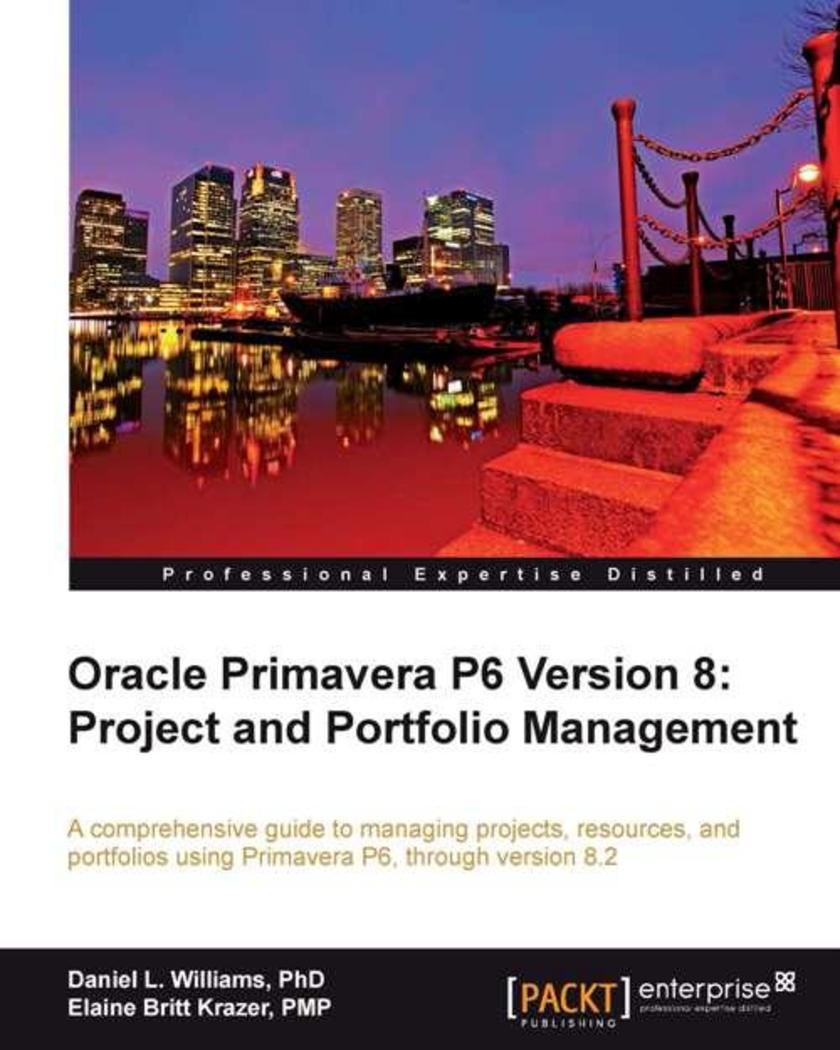
Oracle Primavera P6 Version 8: Project and Portfolio Management
¥161.31
This book is written in simple, easy to understand format with lots of screenshots and step-by-step explanations. If you are a Project manager or a consultant, who wants to master the core concepts of Primavera P6 and the new features associated with version 8, then this is the best guide for you. This book assumes that you have a fundamental knowledge of working in the Primavera P6 environment.

Mahara ePortfolios: Beginner’s Guide
¥80.65
This book will provide you with step-by-step instructions to get started with Mahara and create an impressive electronic portfolio. The book is packed with many useful examples and screenshots for easy and quick learning. Pick up this book if you want to get started with Mahara. This book is for you if: You are an employee, student or other type of learner wanting to maintain online documentation of your projects and share it with a particular assessor/CPD Manager/teacher/trainer for feedback. You are a teacher or mentor wanting to set up an e-portfolio for your students or employees in order to encourage and advance personalized and reflective learning. You are a professional wanting to share your journals and project documents with your team by sharing your existing knowledge and creating new knowledge in communities of professional practice. You are a human resources professional who wants a software application which will enable your team to generate, capture and transfer tacit knowledge. No previous experience of Mahara is required
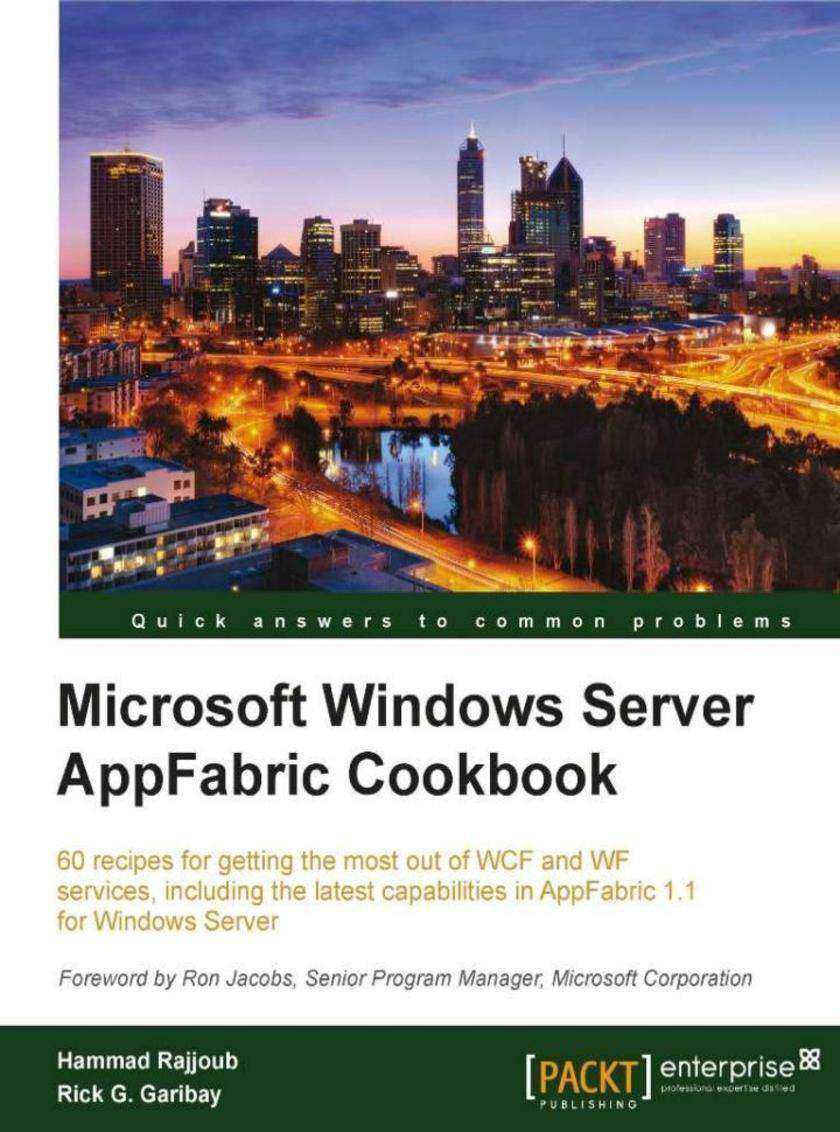
Microsoft Windows Server AppFabric Cookbook
¥107.90
‘Microsoft Windows Server AppFabric Cookbook’ is full of immediately useable recipes showing you how to get the most from WCF and WF services using Windows Server AppFabric, leveraging the right capabilities for building composite solutions on the .NET platform. In addition to its cookbook style, which ensures the solutions are presented in a clear step-by-step manner, its explanations go into the right level of detail, making it good learning material for everyone who has experience with some of the challenging aspects of WCF and WF development from a scalability, configuration and management perspective. The book is designed in such a way that each recipe is presented as a separate, standalone entity and reading of other, prior recipes is not required. If you are a .NET developer or WCF/WF developer, then this book is for you. This book does not assume any prior knowledge of Windows AppFabric. However, a basic understanding of .NET Framework 4.0, Windows Communication Foundation (WCF) and Windows Workflow Foundation (WWF) technologies is required.

LiveCode Mobile Development Beginner's Guide
¥80.65
This book will follow a tutorial style, starting from basic LiveCode coding concepts to its real-world implementation. It will teach developers how to use this new framework to develop interactive, cross-platform mobile applications. If you are a developer, consultant or student looking to create fast, scalable mobile applications, then this book is for you. Basic knowledge of programming such as understanding variables, expressions, control structures and functions is required.

MCTS: Microsoft Silverlight 4 Development (70-506) Certification Guide
¥107.90
This book is a hands-on certification guide with practical examples and Q&As to help .NET developers prepare for and pass the (70-506): TS: Microsoft Silverlight 4 Development exam. If you are a .NET developer who wants to create and maintain rich interactive applications (RIA) using Silverlight 4, then this book is for you. Basic experience of Silverlight development, Microsoft .NET development, and consuming data services is required.
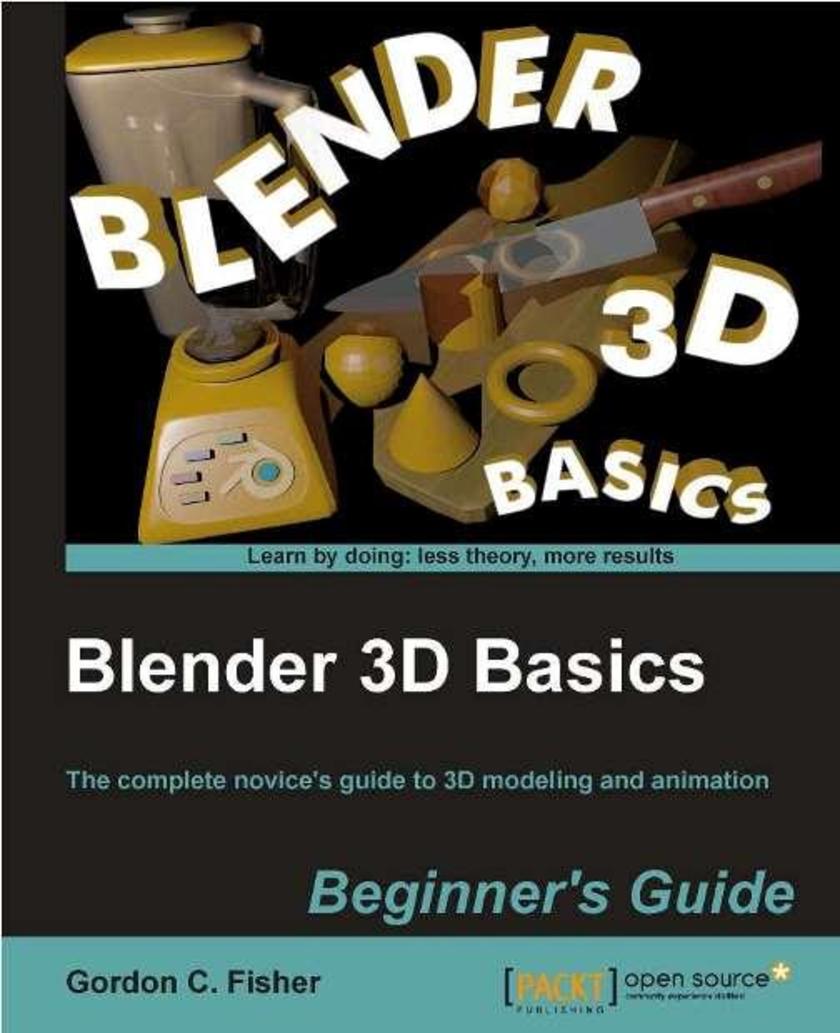
Blender 3D Basics
¥90.46
Written in a step by step tutorial style, learning comes as a result of creating the fully animated scene and the explanations that follow each stage. Blender 3D Basics is great for anyone who is new to Blender or new to 3D.
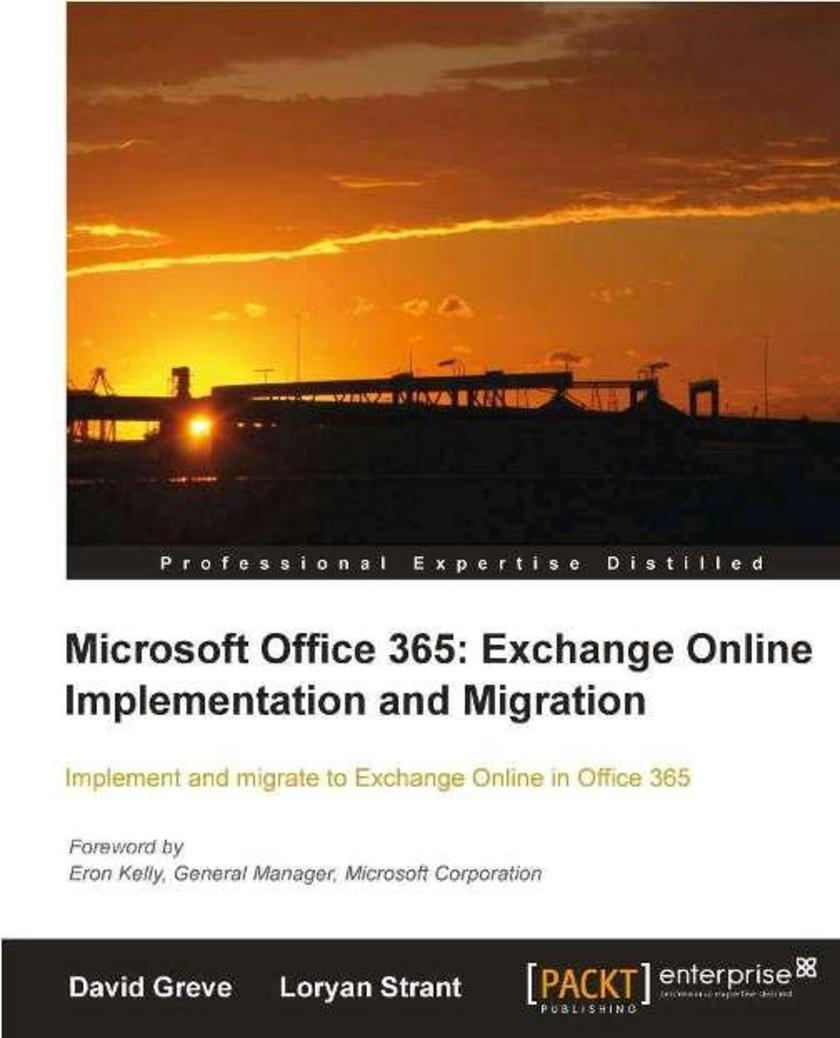
Microsoft Office 365: Exchange Online Implementation and Migration
¥71.93
A practical, hands-on tutorial that shows small businesses to enterprises how to implement and migrate to Exchange Online in Office 365. If you are an information technology (IT) professional; administrator, small business owner, manager or consultant who needs to implement and migrate to Exchange Online in Office 365 within your business, then this book is for you. Knowledge of Microsoft Office 365 is not required, however, experience with Microsoft Exchange Server and mail clients, role and delegation concept is required.

Microsoft SQL Server 2012 Integration Services: An Expert Cookbook
¥80.65
This book is written in a simple, easy to understand format with lots of screenshots and step-by-step explanations. If you are an SQL database administrator or developer looking to explore all the aspects of SSIS and need to use SSIS in the data transfer parts of systems, then this is the best guide for you. Basic understanding of working with SQL Server Integration Services is required.
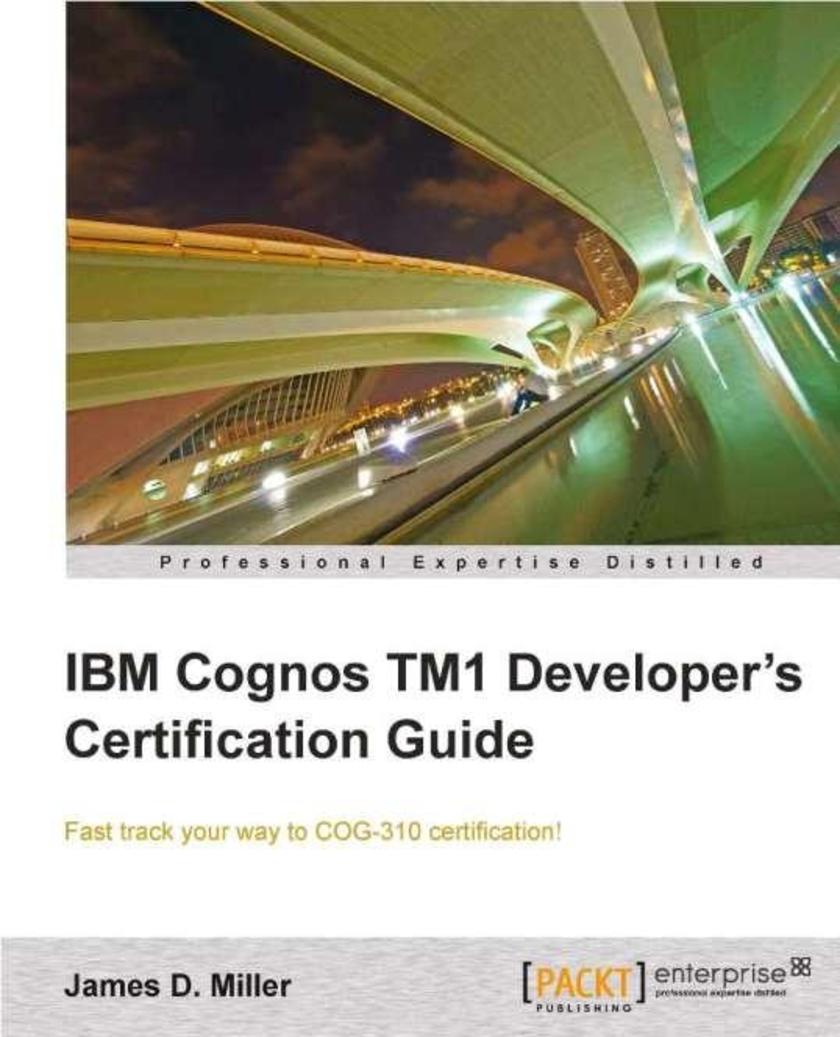
IBM Cognos TM1 Developers Certification guide
¥116.62
This book is packed with real word examples. Each major certification topic is covered in a separate chapter, which helps to make understanding of concepts easier. At the end of each chapter, you will find a variety of practice questions to strengthen and test your learning. If you are a beginner to intermediate level Cognos TM1 developer looking to add an important IBM certification to your resume but don’t know where to start, this book is for you!
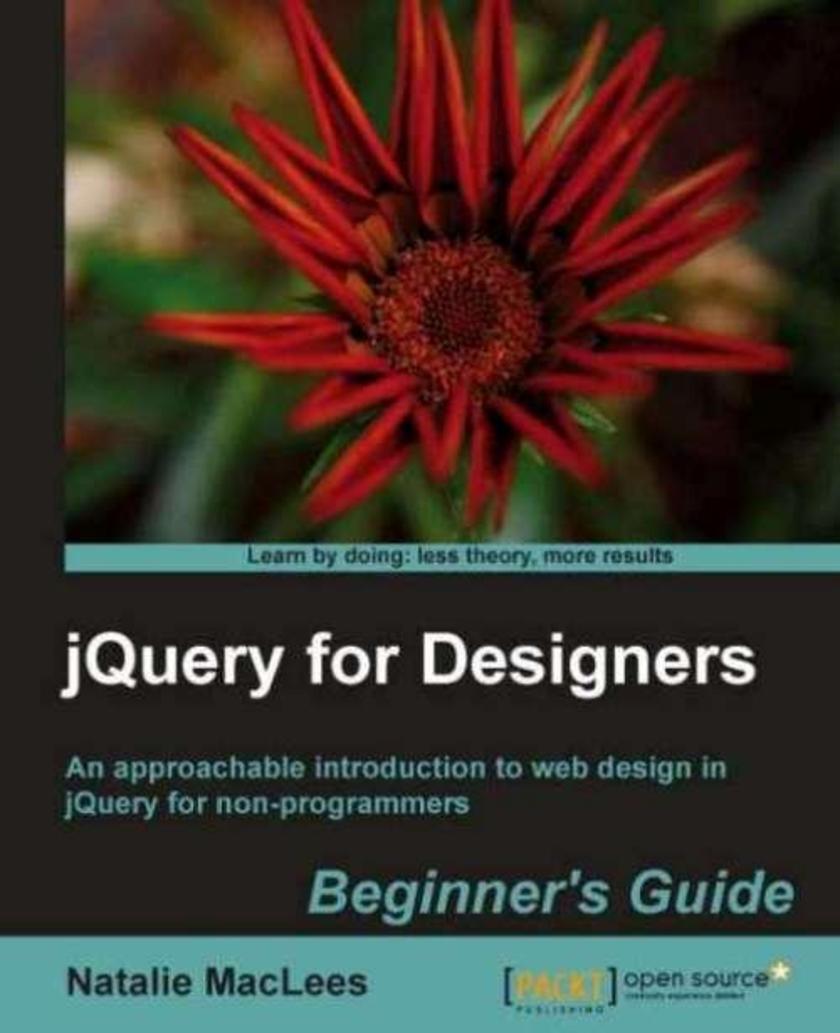
jQuery for Designers: Beginner’s Guide
¥71.93
Part of Packt’s Beginner’s Guide series, each chapter focuses on a specific part of your website and how to improve its design with the use of jQuery. There are plenty of screenshots and practical step-by-step instructions making it easy to apply jQuery to your site. This book is for designers who have the basics of HTML and CSS, but want to extend their knowledge by learning to use JavaScript and jQuery.




 购物车
购物车 个人中心
个人中心



